At Meynardie & Nanney, we price our services in a variety of ways but encourage our clients to consider the benefits of fixed fee value based billing. Since the mid-1970s, legal services have been typically priced in one of two ways:
- fees based upon the time required to complete a task (the “billable hour”); or
- fees based upon a percentage of recovery (“contingency”).
As contingency fees are difficult or impossible to implement in most cases, legal services consumers more often than not pay by the hour.
Although the billable hour is now not only the norm but sacrosanct to most practice areas, it has not always been the way services were priced. Wide acceptance of the billable hour is less than fifty years old. For a good, brief history of the billable hour, see Ronda Muir’s post: A Short History of the Billable Hour and the Consequences of its Tyranny. Now that’s a title!
As long as the billable hour has been the norm it has been universally despised by both service providers and by their clients. For providers, hatred comes from the need to measure our days in six minute increments and the “loss” of revenue because not all time can be captured. For clients, the problem is much more fundamental. The amount of time a task takes to complete is rarely if ever a good measure of the value of that service and in many ways the providers self-interest is not aligned with the client’s. To understand this we need to compare client interests with the contradictory economic interests of the provider in a time billing environment.
My clients uniformly tell me that they want:
- the best possible outcome;
- lowest cost possible consistent with goal #1;
- resolution as quickly as possible consistent with goals #1 and #2; and
- predictable cost.
Working with an experienced and client-focused attorney, all four goals are achievable using time-based billing models but no one contends that this is the best way to achieve them. The billable hour is by definition, cost plus billing. The longer it takes to accomplish the goal the higher the revenue to the law firm. As such there is no built in incentive for the attorney or law firm to find the most effective or efficient means to the goal.
Patrick Lamb, in his insightful book “Alternative Fees for Litigators and their Clients,” illustrates this point with the hypothetical story of two associates, Bob and Mary, tasked to write the same brief. Mary completes the brief in 140 hours but Bob takes 190 hours. Assuming that the quality of the hypothetical briefs is the same, Lamb points out that the cost of Bob’s inefficiency when billed by the hour is completely borne by the client. Lamb goes on to point out that in most firms, the cost to the firm is the same but the less efficient attorney is actually more profitable and would likely be rewarded for that inefficiency.
Clients with the buying power to do so are now demanding reform. In 2008, the Association of Corporate Counsel issued its corporate challenge championing the realignment of relationships and promoting value-based fee arrangements and other tools, such as project management, process improvement, efficient use of technology and knowledge management tools, for the more efficient delivery of legal services. Go here for more information.
At Meynardie & Nanney, we are driven to help our clients reach their goals and believe that our business model should align our self-interest with the interests of our clients. In coming weeks, this blog will explore what value based fees are, how they work, and why you should be demanding them from your service providers.



